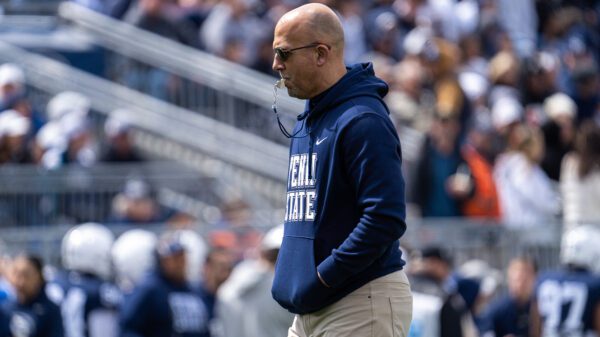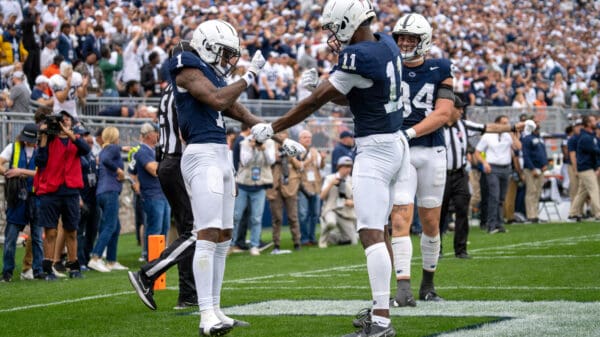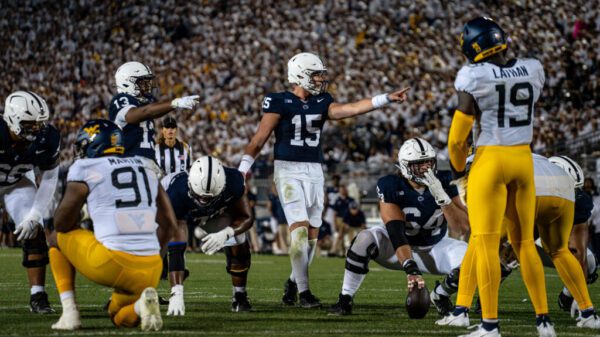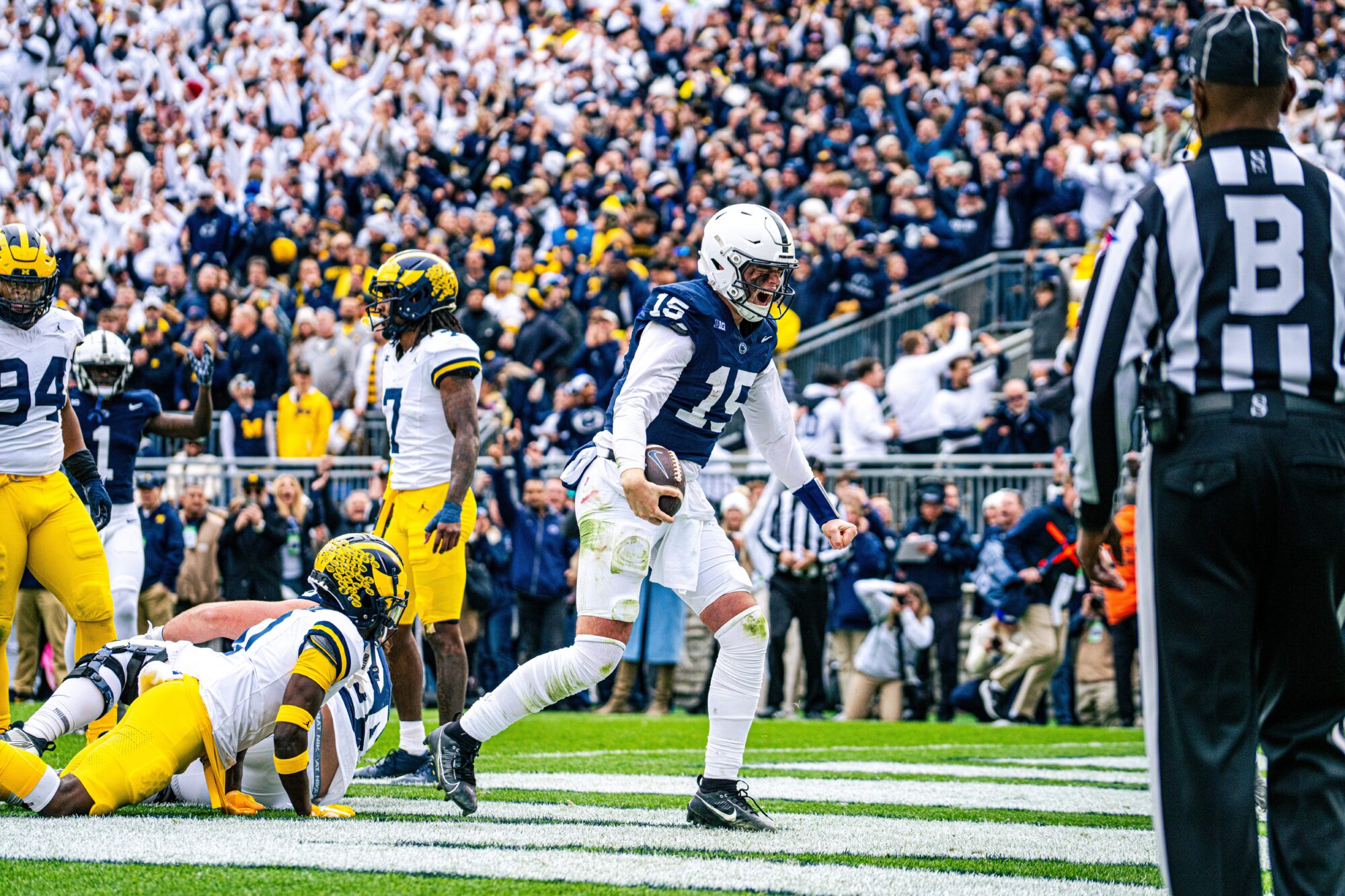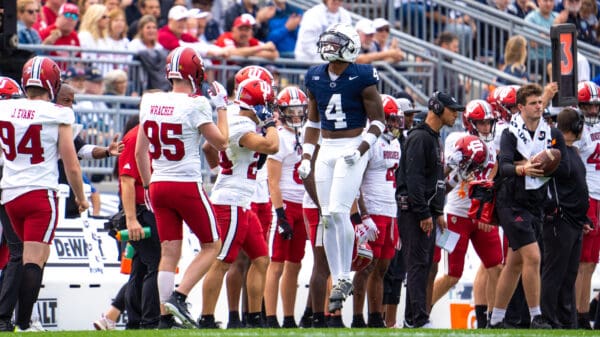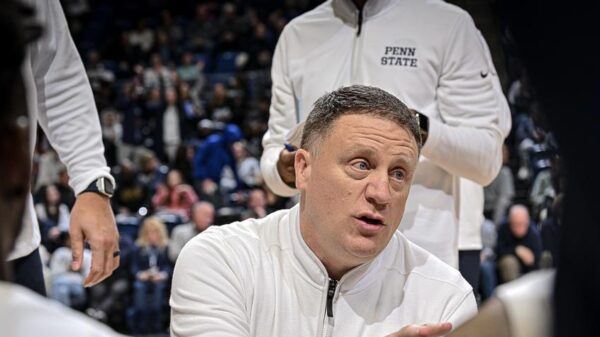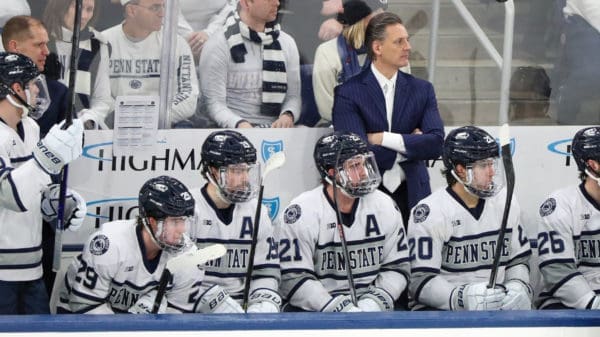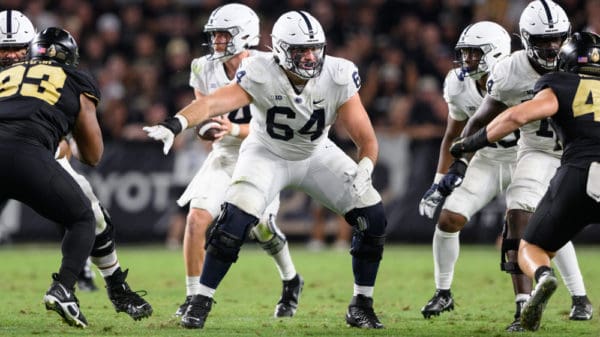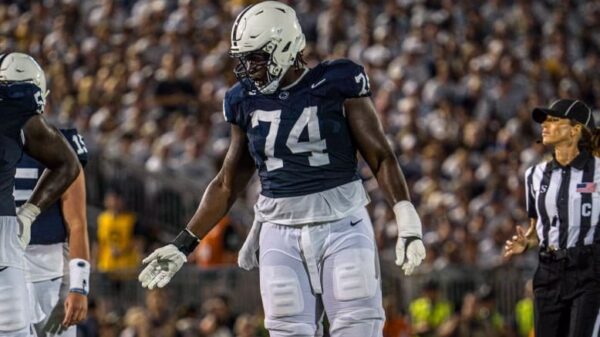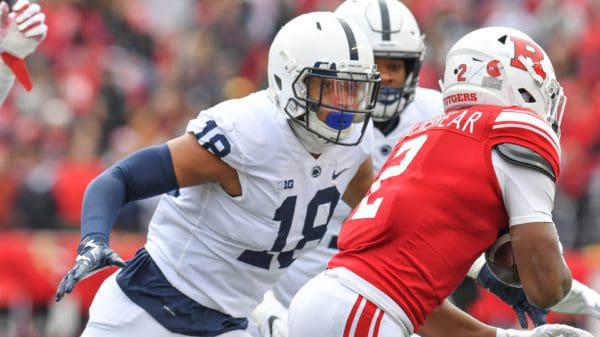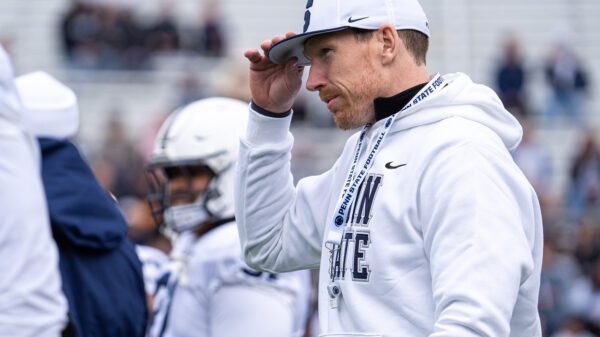Conference schedulers from the Big Ten and everywhere else are currently wondering when realignment is ever going to stop. Surely they’re at the nearest local pub dreading what’s next, and we’re here to help!
With more teams rumored to the Big Ten, it would not be a shock to see a 20-team conference, with the Big Ten set to be at 18 starting in 2024.
For the sake of sanity, let’s pretend the two teams added are from the ACC such as say Miami and Florida State. Let’s examine at what a 20-team conference schedule would look like given a nine game conference slate:
Using 20 teams in the Big Ten, we can break them into divisions once again. Legends and Leaders have been retired, but were going to put the teams into divisions based on geography since using numbers clearly isn’t working.
There are four divisions with five teams in each the Atlantic, Central, Midwest and Pacific. All original names and not taken from existing or soon to be non-existent conferences.
Each team will play four games against teams in their division. From there they will play one game each against a non-protected rival in each division.
With that said, there are still two games to fill to get to nine games. There will be a rivalry matchup in the next to last week of the season that’s protected each year. In the final week of the season, teams will play against teams in other divisions that are in the same place in the standings.
For example, teams in first place in each division will play in the Big Ten Semifinals at a neutral site such as Detroit’s Ford Field. The other teams will square off in a 2 vs. 2, 3 vs. 3, etc. matchup among the divisions. The division matchups will rotate each year.
The two winners of the semi finals games will square off in the Big Ten Championship Game at Lucas Oil Stadium in Indianapolis.
The divisions I developed are as follows:
Atlantic – Penn State, Rutgers, Maryland, Florida State and Miami
Central – Ohio State, Michigan, Michigan State, Purdue, Indiana
Midwest – Minnesota, Iowa, Wisconsin, Illinois, Northwestern
Pacific – USC, UCLA, Washington, Oregon, Nebraska
These were all determined solely based on geography, not because the chaos of a division with Michigan and Ohio State would be entertaining and a trip to Miami in November would be a sigh of relief.
Despite the Big Ten determining Penn State is in fact unrivaled, they will need a rival for the sake of this schedule. The rival I’ve selected is Michigan State.
For Penn State, the schedule would feature games against Miami, Florida State, Rutgers and Maryland. They would also get Ohio State, Northwestern and Oregon for the crossover games and Michigan State for the protected rivalry game.
Let’s say the Atlantic division gets the Midwest division while the Central division gets the Pacific division for the Big Ten Semifinals Week. Penn State as the No. 1 team in the division would get Wisconsin in the semifinals and then face the winner of the other semifinal game in the Big Ten Championship the next week.
No matter what route the Big Ten takes, scheduling will not be easy. Should it stay put at 18 teams, it would be no shock if the flex-protect scheduling would stay, but a 20-team conference could change that plan.

